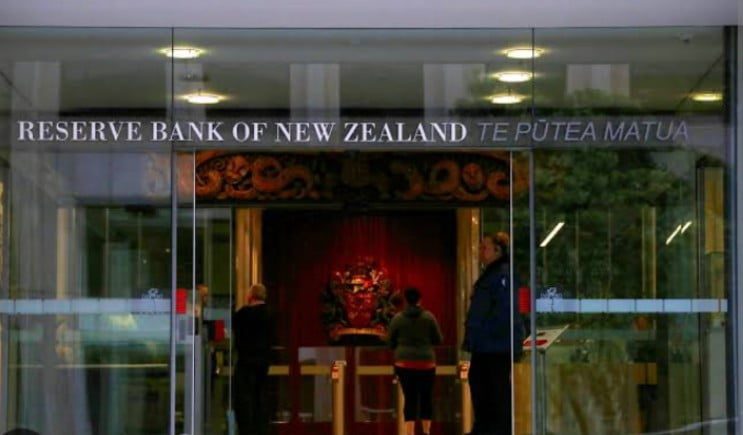Inflation Eases Significantly in New Zealand
New data from ANZ Research indicates a notable reduction in New Zealand’s inflation during the second quarter of 2024. The Consumer Price Index (CPI) increased by merely 0.4% quarter-on-quarter (q/q). This adjustment has brought annual inflation down to 3.3% year-on-year (y/y), a figure substantially lower than the Reserve Bank of New Zealand’s (RBNZ) May forecast of 0.6% q/q and 3.6% y/y.
Domestic and Tradable Inflation Trends
Non-tradable inflation, reflecting domestic price changes, rose by 0.8% q/q (5.3% y/y), in line with RBNZ’s projections. ANZ emphasizes the significance of non-tradable inflation due to its persistent nature and its impact on medium-term inflation forecasts. Conversely, tradable inflation, influenced primarily by imported goods, decreased by 0.2% q/q (0.6% y/y), significantly below the RBNZ’s expectations of 0.3% q/q and 1.1% y/y. This decline is largely attributed to weaker prices in volatile components such as food, energy, and airfares, alongside diminished domestic demand affecting durable goods prices.
Core Inflation Measures and RBNZ Forecasts
Core inflation measures are also predicted to decline. The 30% trimmed mean inflation and CPI excluding food, fuel, and energy are both expected to fall below 4%. However, the weighted median inflation is anticipated to remain above 4%. ANZ has highlighted that a substantial deviation from the RBNZ’s headline inflation forecast could spur speculation regarding imminent Official Cash Rate (OCR) cuts, although the significance depends on whether this is driven by volatile components.
Broader Economic Context
ANZ provides a broader economic perspective, noting the RBNZ’s objective to sustainably return inflation to the 2% target midpoint. Although the Q2 CPI report falls short of the 1%-3% target band, it suggests this threshold may be crossed in Q3. Factors such as the normalisation of global supply chains post-COVID-19, recovery in food production, and stabilisation of energy markets post the Russian invasion of Ukraine are contributing to this trend. However, weak domestic demand, especially in the goods sector, also plays a significant role as businesses face resistance to price hikes.
Future Outlook and RBNZ Policy
The Q2 CPI report may not immediately trigger OCR cuts but underscores the likelihood of returning to the 1%-3% target band soon. Weak activity and capacity indicators suggest growing downside risks to medium-term non-tradable inflation. The RBNZ will closely monitor forthcoming labour market and GDP data to assess the sustainability of disinflationary trends before making any policy adjustments. Should the trend of weaker inflation persist, OCR cuts could occur earlier than anticipated, potentially as soon as early 2025.
Soumya Smruti Sahoo is a seasoned journalist with extensive experience in both international and Indian news writing. With a sharp analytical mind and a dedication to uncovering the truth, Soumya has built a reputation for delivering in-depth, well-researched articles that provide readers with a clear understanding of complex global and domestic issues. Her work reflects a deep commitment to journalistic integrity, making her a trusted source for accurate and insightful news coverage.



